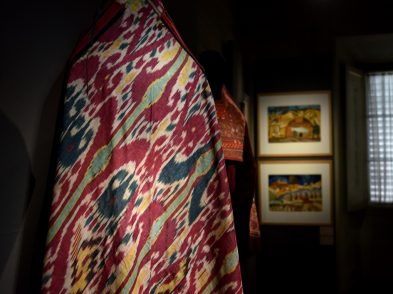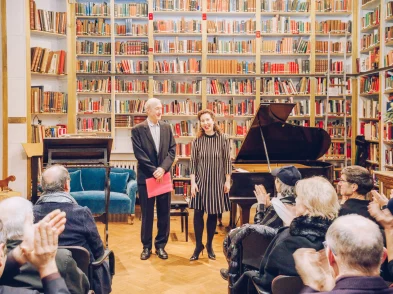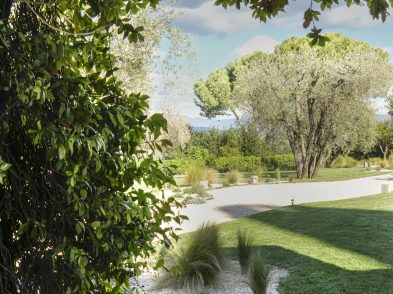‘An innovative act, the first application of federalism pertaining to state-owned property,’ said Gianni Letta, undersecretary of the Italian cabinet, following the approval of a new agreement between the city of Florence and the Culture Ministry (MiBAC) to introduce in Florence the much-awaited museum card allowing entrance to both civic and state-owned museums and landmarks.
‘I would like to express my gratitude on behalf of the city and admit that I am very pleased with the provisions of the accord,’ said Florence mayor Matteo Renzi.
According to the agreement, the Florence Museum Card will be available as of February 14. Costing 50 euro, it provides single entrance to all civic and state-owned museums (see list below) for a maximum of three days or 72 hours.
Officials warn that it may result in a price increase on entrance tickets, though this is yet to be confirmed.
A maximum 20 percent of revenues, or approximately 20 million euro a year, from entry tickets will be set aside to help pay for city maintenance and cleanliness. Officials announce plans to crack down on graffiti and illegal vendors near city museums. Part of this revenue will be used from 2011 to 2013 to help finance the second phase of work on the Grandi Uffizi.
The accord includes the creation of a theatre network, linking the Pergola-Niccolini theatres, to be financed by the state but managed by city officials.
Marco Giorgietti was named the general director of the network, which will also work with the prominent Giglio Theatre in Lucca. The first event organized by the Pergola-Niccolini theatre pole is part of celebrations to mark the Unity of Italy.
The accord recognizes the ‘fundamental role’ of the Maggio Musicale Fiorentino in the world of lyrical music, and it will support projects to further promote it.
An important part of the agreement is linked to Renzi’s recent battle to have the state recognize the intrinsic link (and, as it has been argued in the past, ownership) between Michelangelo’s David and Florence. The accord recognizes that the masterwork has ‘specific and intrinsic symbolic value [for the city] and is a symbol of [its] identity.’ It also obliges both city and state to work together on future maintenance and restorations of the statue.
Finally, the accord affirms it will help fund (and find funding for) celebrations of the centennial of the death of Tuscan explorer Amerigo Vespucci. It also recognizes the ‘strategic role’ of Florence’s most prominent institutions, such as Accademia della Crusca, Accademia di Georgofili, Istituto studi storici del Rinascimento, the Gabinetto Vissieux, Museo Galileo, and the Biblioteca Nazionale. A roundtable will be formed to discuss funding strategies in the future.
The Florence Museum Card will give entrance to the following state-owned museums in Florence: Galleria degli Uffizi, Galleria dell’Accademia, Galleria Palatina, Museo degli Argenti, Giardino di Boboli, Galleria d’Arte Moderna, Museo di San Marco, Cappelle Medicee, Museo Nazionale del Bargello, Museo Archeologico, Museo dell’Opificio delle Pietre Dure and Ville Medicee (Villa La Petraia, Villa di Poggio a Caiano, Giardino della Villa di Castello, and Villa di Cerreto Guidi. It also gives entrance to the following civic museums: Palazzo Vecchio, Museo Bardini, Museo di Santa Maria Novella, and Brancacci Chapel
What do you think about the Florence Museum Card? Do you think tourists will make use of it or will the 50 euro price deter them from purchasing it?







